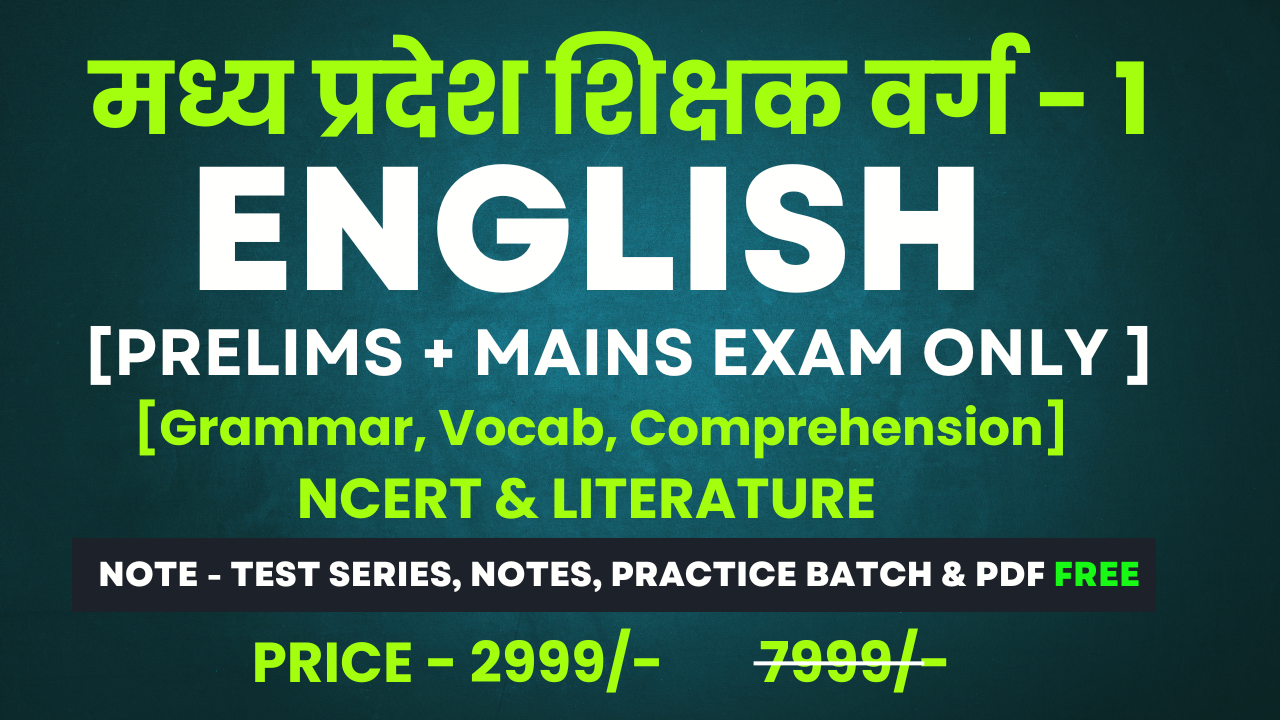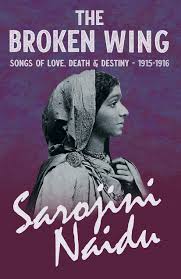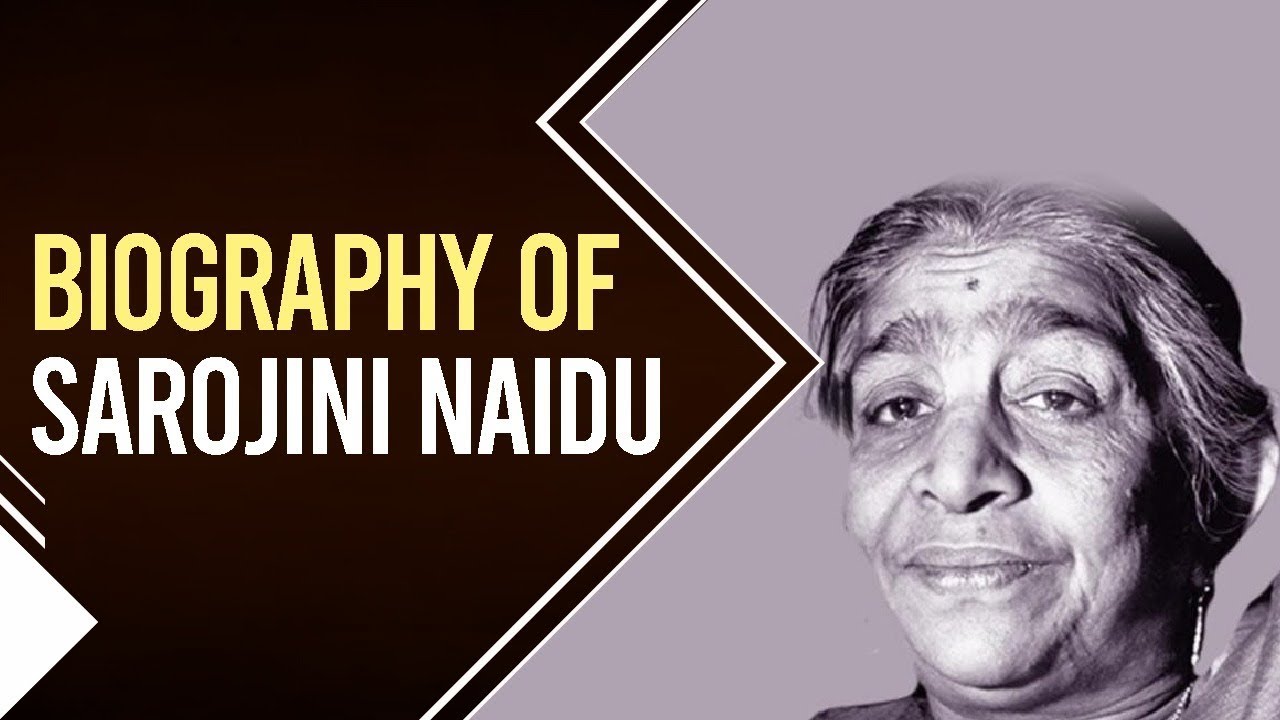
Charles Lamb – Dream Children: A Reverie
Charles Lamb - Introduction
1. Lifespan, Birth/Death Details & Nationality
Full Name: Charles Lamb
Born: 10 February 1775, Crown Office Row, Inner Temple, London, England
Died: 27 December 1834, Edmonton, Middlesex, England
Nationality: British (English)
2. Contemporaries (with Detail)
Samuel Taylor Coleridge:
Lamb’s lifelong friend from Christ’s Hospital; exchanged literary ideas and collaborated on poetry. Lamb’s first published work appeared in Coleridge’s Poems on Various Subjects (1796).William Wordsworth:
Met through Coleridge; shared a close literary friendship and mutual admiration.Mary Lamb:
His sister, collaborator on Tales from Shakespeare; her mental illness shaped Lamb’s life and work.Robert Southey:
Part of Lamb’s literary circle; exchanged letters and ideas.William Hazlitt:
Essayist and critic; a frequent guest at Lamb’s London gatherings.Leigh Hunt:
Writer and journalist; friend and supporter.Percy Bysshe Shelley:
Part of the reformist circle in London; admired Lamb’s wit.William Godwin:
Philosopher and novelist; corresponded with Lamb.Others:
Thomas Hood, Bernard Barton, Thomas Manning, Fanny Kelly, and Bryan Procter.
3. Titles (All Known As) – Awards
Known As:
“Elia” (pen name for his essays)
Master of the Familiar Essay
Celebrated essayist and critic
Recognition:
Renowned for Essays of Elia and Tales from Shakespeare
Played a key role in reviving interest in Elizabethan drama
Regarded as one of the greatest English essayists
4. Key Themes in His Works (with focus on “Dream Children”)
Nostalgia and Memory:
Deep longing for lost childhood, family, and love.Unfulfilled Dreams and Regret:
The pain of what might have been especially the absence of marriage and children.Family Bonds:
Reverence for his grandmother, brother, and especially his sister Mary.Loneliness and Solitude:
The bachelor’s life, shaped by duty and tragedy, permeates his essays.Blending Reality and Fantasy:
The essay’s dreamlike structure blurs the line between fact and imagination.Psychology of Children:
Sensitive depiction of children’s innocence and restlessness.Pathos and Sentimentality:
Emotional candor, gentle humor, and bittersweet reflection.
5. Family Background
Father: John Lamb – clerk and servant to Samuel Salt, a lawyer and MP
Mother: Elizabeth Field – housekeeper; her death (by Mary’s hand during a mental breakdown) was a family tragedy
Siblings:
Mary Lamb (elder sister): Literary collaborator, lifelong companion, suffered from recurring mental illness
John Lamb (elder brother): Inspiration for “John L-” in “Dream Children”; remembered with affection and regret
Family Life:
Lamb’s life was marked by his devotion to Mary, whom he cared for after her release from the asylum. Neither sibling married.
6. Education
Christ’s Hospital, London:
Charity boarding school; formed a close bond with Coleridge.Early Career:
Left school at 14; worked as a clerk at South Sea House, then at the East India Company for 33 years.
7. Important Life Events
1795: Brief confinement in an asylum due to mental instability.
1796: Mary Lamb, in a fit of insanity, killed their mother; Charles took responsibility for her care for life.
1807: Tales from Shakespeare published with Mary.
1820: Began publishing “Elia” essays in the London Magazine.
Lifelong: Never married; devoted to Mary and literary pursuits.
1834: Died from complications after a fall; Mary survived him by 13 years.
8. Criticism – By & Against Him
Contemporary Praise:
Admired for wit, warmth, and human sympathy; praised as a master of the familiar essay.Coleridge:
Valued Lamb’s critical insight and simplicity; Lamb influenced Coleridge’s poetic style.Later Critics:
Some dismissed his criticism as overly personal or sentimental.Modern View:
Recognized for his psychological depth, autobiographical candor, and subtle humor; “Dream Children” is a classic of pathos and style.
9. Other Important Points
Revived Interest in Elizabethan Drama:
Specimens of English Dramatic Poets (1808) was influential.Language:
Advocated for simplicity and directness in prose.Literary Gatherings:
Lamb’s home was a hub for leading writers and thinkers of his day.Personal Struggles:
Lifelong battle with melancholy and mental health, shaped by family tragedies.
10. One of His Most Famous Lines
“We are not of Alice, nor of thee, nor are we children at all. The children of Alice call Bartrum father. We are nothing, less than nothing, and dreams. We are only what might have been…”
— “Dream Children: A Reverie”
11. All Major Works of Charles Lamb (Chronologically, with Detail)
12. “Dream Children: A Reverie” – In-Depth Summary
Structure:
A personal, autobiographical essay in which Lamb imagines telling stories to his dream children, Alice and John, about their ancestors and his own childhood.Content:
Reminiscences of his grandmother (Mrs. Field), childhood home, and brother John.
Reflections on lost love (Ann Simmons, disguised as “Alice”).
The children’s gradual fading reveals they are only figments of his imagination—Lamb never married or had children.
Ends with Lamb waking to reality, alone with his sister Mary (“Bridget” in his essays).
Themes:
Nostalgia, loss, the ache of unfulfilled dreams, family affection, and the blurred boundary between reality and fantasy.
13. Renowned Author Status
- Legacy:
Founding figure of the English familiar essay
Revered for psychological insight, gentle humor, and emotional candor
Essays of Elia and Tales from Shakespeare remain classics of English literature
Required reading in schools and universities worldwide
Remembered as a voice of warmth, pathos, and humanity
Charles Lamb’s “Dream Children: A Reverie” stands as a masterpiece of autobiographical reflection, blending memory, longing, and the bittersweet beauty of dreams with unmatched grace and emotional depth.
Dream Children: A Reverie – Summary
Overview
“Dream Children: A Reverie” is one of Charles Lamb’s most poignant and autobiographical essays, originally published in his celebrated collection Essays of Elia (1822). The essay is structured as a reverie a daydream in which Lamb imagines telling stories to two children, Alice and John, who, as the narrative unfolds, are revealed to be figments of his imagination. The piece is renowned for its blending of fantasy and reality, its deep sense of nostalgia, and its exploration of loss, longing, and the bittersweet nature of memory.
Structure and Narrative
Frame Story: Lamb begins by addressing his imagined children, Alice and John, drawing them close to recount tales of their ancestors and his own childhood.
Reminiscence: He shares vivid memories of his grandmother, Mrs. Field, who managed a grand old mansion, and describes the house’s wonders, its gardens, and the superstitions that colored his youth.
Family Portraits: Lamb recalls his elder brother, John, remembered with affection and regret for his pride and early death. The essay is filled with warmth for family bonds and the innocence of childhood.
Personal Loss: The narrative shifts as Lamb reminisces about his lost love, Ann Simmons (disguised as “Alice” in the essay), whom he never married. The children’s mother in the story is a wistful projection of this unfulfilled relationship.
Revelation: As Lamb’s storytelling grows more intimate, the children’s reactions become increasingly dreamlike and distant. The essay ends with the children fading away, and Lamb awakening to the reality that he is alone his children and family exist only in memory and imagination.
Key Themes
Nostalgia and Memory: The essay is suffused with longing for the past—lost relatives, childhood innocence, and the warmth of family life.
Unfulfilled Dreams: Lamb’s bachelorhood and childlessness are central; the children represent what might have been, not what is.
Blurring of Reality and Fantasy: The dreamlike structure allows Lamb to merge fact with fiction, exposing emotional truths through imagined scenarios.
Family and Loss: The essay is a meditation on bereavement, regret, and the enduring power of familial love.
Pathos and Sentimentality: Lamb’s tone is gentle, humorous, and deeply moving, inviting readers to empathize with his joys and sorrows.
Style and Literary Significance
Conversational Intimacy: Lamb’s direct address to the children creates a sense of warmth and immediacy.
Autobiographical Depth: The essay draws heavily on Lamb’s own experiences—his devotion to his sister Mary, the family tragedies, and his lifelong melancholy.
Emotional Candor: Lamb’s willingness to reveal his vulnerabilities and regrets is a hallmark of his style, making the essay a touchstone for the familiar essay genre.
Famous Closing Lines
“We are not of Alice, nor of thee, nor are we children at all. The children of Alice call Bartrum father. We are nothing, less than nothing, and dreams. We are only what might have been…”
These lines encapsulate the essay’s central theme: the ache of unrealized hopes and the ephemeral nature of dreams.
“Dream Children: A Reverie” endures as a masterpiece of personal reflection, blending memory, fantasy, and emotional truth with unmatched grace and subtlety. It stands as a testament to Charles Lamb’s genius for capturing the complexities of the human heart.










